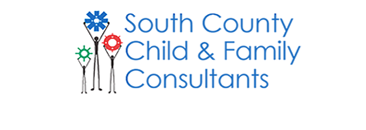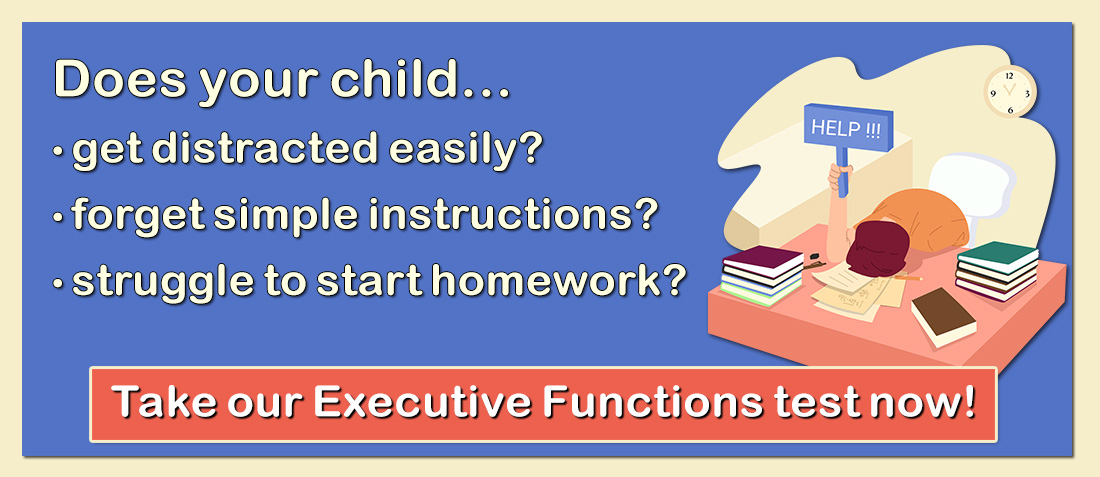Pervasive Developmental Disorder, Not Otherwise Specified (PDD-NOS) falls within the diagnostic category often referred to as Autistic Spectrum Disorders. Pervasive Developmental Disorder, Not Otherwise Specified is diagnosed when there is significant impairment in a child’s social interactions or communication skills and when this child displays a set of restrictive and stereotypical behaviors and interests. The symptoms displayed by youngsters with PDD-NOS are very similar to those seen in individuals with autism. However, the presentation differs due to such elements as a later age of onset, a less comprehensive cluster of symptoms, and an unusual or atypical array of symptoms.
Children with PDD-NOS are often viewed as not meeting the threshold of symptomatology for a diagnosis of autism. They are less likely to display some of the intellectual deficits that are frequently seen in youngsters who meet the strict criteria for autism. They are also generally brought to the attention of professionals somewhat later in their childhood.
There are indications that the diagnostic term Pervasive Developmental Disorder, NOS will be replaced by the broader term Autistic Spectrum Disorder in the new Diagnostic and Statistical Manual of Mental Disorders — Fifth Edition (DSM-V), to be published in 2013. This change may alleviate some of the current confusion regarding diagnosis of PDD-NOS and Autism.
Recommendations
1. Consult with a child psychologist or psychiatrist who is able to evaluate children and who is an expert on Autistic Spectrum Disorder if you notice the following symptoms:
a. significantly-impaired social skills
b. difficulty with verbal communication
c. one or more special interests
d. odd and atypical ways of playing
e. unusual sensory difficulties
f. inflexibility and rigidity
g. difficulty understanding nonverbal communication, such as facial expressions or language
h. poor motor coordination
2. Engage children in communication skills training. Children with PDD-NOS may benefit from speech and language therapy to help them improve their communication skills.
3. Involve children in social skills training. Youngsters with PDD-NOS often benefit from targeted training in social skills. Helping them to develop better listening and observational skills is important. Specific training in understanding nonverbal communication is often appropriate.
4. Get children involved in peer activities. Many youngsters with PDD-NOS do well in smaller social settings. However, they need opportunities to practice interacting with others. Getting them involved in an activity that broadens their interests is often very helpful for them.
5. Find friends with whom kids can connect. Children with PDD-NOS are likely to have limited peer interactions. However, they may find a few children with whom they share interests and are able to communicate effectively. It is important to supervise some of this communication so as to ensure that your PDD-NOS child is not displaying signs of rigidity in play or conversation.
6. Use video games that involve social interaction rather than those that encourage solitude. Insist that your child play video games that involve others, such as games on the Wii or Massive Multiplayer Online (MMO) games in which your child plays primarily with friends from school. Insist that their interactions be more than electronic in nature so that, if they want to play MMOs, they have to make face-to-face contact with other players. Very carefully supervise the amount of time that a PDD-NOS child plays video games, as these children can become overly engaged in such activities to the exclusion of other activities.
7. Insist that PDD-NOS children involve themselves in regular physical activity. This will reduce the stress and tension that many of these children experience. While they may not choose to become involved in a team sport due to issues of gross-motor control and social concerns, it is important that they exercise on a regular basis in order to manage the stress and attention issues that often accompany PDD-NOS.
8. Start early. If you suspect that your child may be showing signs of PDD-NOS, contact your pediatrician. There are a number of early screening devices and methods that can help you understand your child’s social/communicative strengths and weaknesses.
9. Educate yourself about this disorder. The more you know, the better you can advocate for your child at school and understand his or her needs. Use the resources below as a starting point.
Websites
Child Brain (Extensive information about pervasive developmental disorders, including diagnosis, DSM-IV criteria, assessments, and treatment options.)
Kids Health (Information about symptoms, causes, and treatments of pervasive developmental disorders, including autism, as well as information about individualized education plans and the Individuals with Disabilities Education Act.)
LearningWorks for Kids (The premier site for executive function information. This site provides a wealth of up-to-date tips and recommendations for children with all types of disorders and disabilities.)
National Institue of Neurological Disorders and Stroke (Provides basic information on what PDDs are, including common symptoms and treatments.)
Books
Delfos, Martine. 2005. A Strange World–Autism, Asperger’s Syndrome and PDD-NOS: A Guide For Parents, Partners, Professional Carers, and People With ASDs. Jessica Kingsley: Philadelphia, PA. (Using current research, this book discusses the differences between PDDs as they are encountered in children, adults, and adolescents, as well as in men and women.)
Goldstein, Sam, Jack Naglieri, and Sally Ozonoff. 2008. Assessment of Autism Spectrum Disorders. Guilford Press: New York, NY. (An asessment of pervasive developmental disorders that unites current methods with assessment framework. Geared toward teachers and psychological professionals.)
Quinn, Barbara. 2000. Pervasive Developmental Disorder: An Altered Perspective. Jessica Kingsley: Philadelphia, PA (Geared toward parents, this book provides information on diagnoses of PDD-NOS and diagnostic procedures; it also includes frequently asked questions and experiences of other parents whose children have been diagnosed with PDD-NOS).
Taylor, Paul. 2009. A Beginner’s Guide to the Pervasive Developmental Disorders: A Simple Introduction to Autistic Spectrum Disorder, Asperger Syndrome and PDD-NOS for Parents and Teachers. CreateSpace: New York, NY. (Provides basic knowledge on PDDs as a starting point for parents and teachers.)
Waltz, Mitzi. 2003. Pervasive Developmental Disorders: Diagnosis, Options, and Answers. Future Horizons: Arlington, TX. (Includes information on diagnostic tests, assessments, and treatment options, including therapies, as well as information on how to cope with a PDD diagnosis.)
Receive online class information and helpful tips from Dr. Randy Kulman's LearningWorks for Kids |



